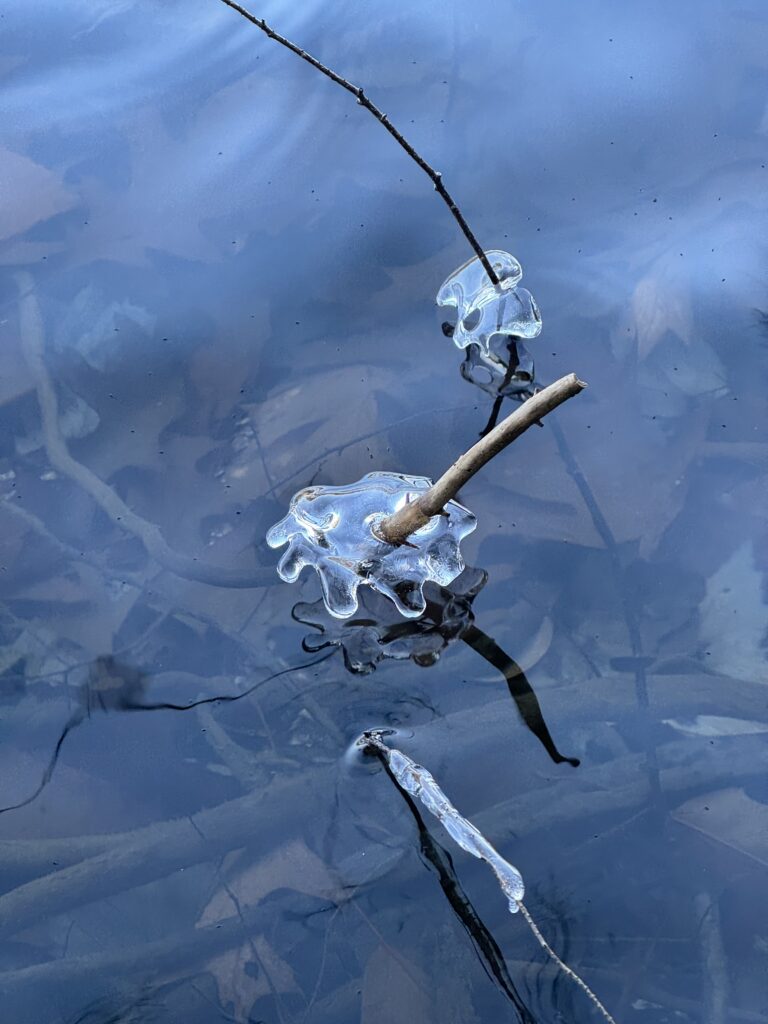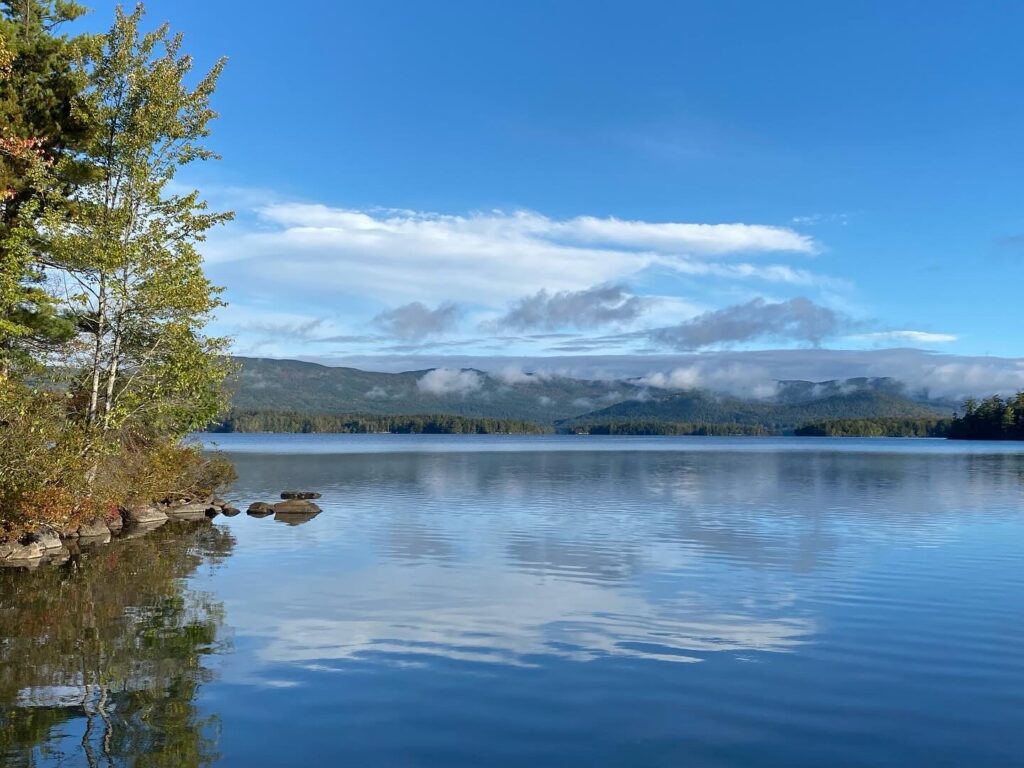I’ve been remiss about keeping up with this blog – mea culpa. No real excuses other than being tired a lot, between the traveling and working.
The traveling does continue to be fun, though. We’ve basically done the perimeter of the continental United States – we started in Oregon, then went through Washington, Idaho, Montana, North Dakota, Minnesota, Wisconsin, Michigan, up into Ontario and Quebec in Canada, Vermont, New Hampshire, Massachusetts, Connecticut, New York, New Jersey, Delaware, Maryland, Washington D.C., Virginia, North Carolina, South Carolina, Georgia, Alabama, Mississippi, Louisiana, Texas, Oklahoma, New Mexico, Arizona, California, and we’ll be getting back to Oregon later today.
Obviously we stayed in some of those locations longer than others, and a few were effectively drive-bys just long enough to be able to count them. Still, not a bad range to do over 7 months – 29 states and 2 provinces. And we’re not done – we’re going to spend a few weeks in Portland to see friends and do some preparations, and then we’re heading east again, this time cutting more through the center of the country. (At this point I just need to visit Alaska to have done all 50 states – Simone has more to visit, but is rapidly catching up with this trip.)
Doing the perimeter of the country worked well for us – it meant that as the weather started to get cold in the northeast, we were able to cut south and enjoy far more temperate climes for the winter (though we did still bump into the cold spell here and there, and even snow in both New Mexico and Arizona – you don’t think of the southwest as being snowy, but the northern parts of both states are high enough in elevation that they do actually get a fair bit of snow).
California is quite a bit greener than it has been in past visits – even LA was looking pretty lush. This is in large part due to the heavier rain and snow the state has received the past two winters. I’d love to believe that the shift will continue and maybe they’ll finally get out of perpetual drought conditions, but the cynic in me sees it more as building up more tinder for when the wildfires come again. Regardless, I appreciate seeing it right now.
I’ll try to update my gallery soon, but in the meantime, you can sort of see the ongoing travelogue on my Instagram.

